Nora Bandari
Forty-one years after the Islamic revolution in Iran, which erupted in February 1979 and toppled the Shah’s regime, the hopes that the people attached to them have been shattered, as the revolution that came under the leadership of Ayatollah Khomeini began to disavow the promises that were made before its outbreak, until the country became one of the most oppressive and arbitrary countries.
Although many spectra of the Iranian people rejected the policy of the mullahs’ regime, they did not stage protests at home on the 41st anniversary of the revolution, as they did last year 2019 on the 40th anniversary.
On February 11, 2020, the French capital, Paris, witnessed demonstrations by Iranians to celebrate the fall of the Shah’s dictatorship in 1979 in Iran, raising the slogans of “neither the Shah nor Khamenei, both of them are unjust.”
Anniversary of the Iranian Revolution, to confirm that the Khomeini revolution brought nothing but destruction and devastation to the people and the region as a whole.
On the other hand, the Iranian regime has pushed some of its supporters in marches that roam the Iranian streets on the anniversary of the revolution, launching slogans that glorify their disposal of the “Shah” regime. A pro-Twitter campaign supports the Iranian revolution and glorifies the system of velayat-e faqih.
The Khomeini coup
What confirms that Ayatollah Khomeini turned against the aspirations of the Iranians, is what was revealed by “Abu Hassan al-Bani Sadr,” the first president of Iran after the revolution during an interview with Reuters, in February 2019, that he met with “Khomeini” and a group of his supporters from various ideologies in France before the revolution, and they agreed on the principles of the new regime in Iran that includes the establishment of democracy and human rights.
Khomeini agreed with everything that was said to him without hesitation, and “Khomeini” gave everyone the certainty that there is a firm commitment, and that all these principles will be achieved.
Bani Sadr continued that Khomeini in his first speech after the return seemed to want to be alone in ruling without consulting the other parties, adding that he went to meet him to complain about the pressures of the religious authority in order to force women to wear a face covering, stressing that women have the right to choose.
However, Khomeini replied, “The things he mentioned in France were appropriate, but he is not bound by everything he uttered there, and he will say the opposite if he feels that is necessary.”
Sadr indicated that the idea of Wilayat al-Faqih used to haunt “Khomeini”, but he would not have found a better opportunity than implementing his own project that would allow him to rule Iran alone for life, and this project was an Islamic republic that excluded all political sects from non-Islamists, nor it gives rights to non-Persian minorities.
So, Khomeini began excluding people and factions from the revolution alliance, and the extremist wing of the revolution led by taking control of things, in addition to canceling trade unions, closing newspapers and restricting the presence of women in public spaces.
After the revolution, Khomeini began executing thousands of his opponents, led by the left, for fear of attempting a coup against the new regime, and formed the Revolutionary Guard forces to be a force parallel to the army.
Economy after the revolution
After 41 years of the Iranian Islamic revolution, the dreams of an expansionist mullahs’ regime increased, and for this he spent billions of dollars on his terrorist militias in the region, which led to the deterioration of the country’s economic situation, the decline in the standard of living, in addition to the spread of corruption.
According to International Monetary Fund statistics, inflation represented 37.2% in 2019 compared to 31.2% in 2018, unemployment rate stood at 15.4% in 2019, compared to 13.9% in 2018, and the economy contracted by 6% in 2019 compared to 3.9% in 2018.
Political events
During late 2019, Iran witnessed a number of political events that demonstrated the weakness and fragility of the Mullahs’ regime from the inside, as cities witnessed popular protests in November because of the decision to raise fuel prices three times the price, and the continuing killings and arrests of opponents.
Sowing discord in the Arab region
On the anniversary of the Iranian revolution, activists pointed out in their tweets that since Khomeini’s return to Tehran and his circumvention of the revolution, the Gulf region suffers from sectarian strife and unrest, repeated attempts to expand, and the export of the revolution to its Arab neighbors.
The Iranian economic and political conditions during the time of the “Shah” are better than in the era of “Khomeini”.

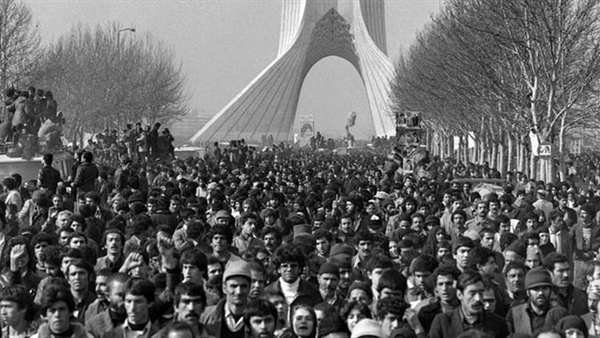
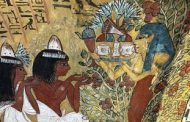
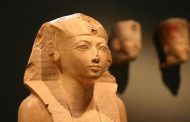
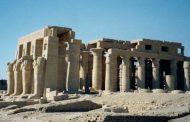
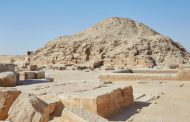
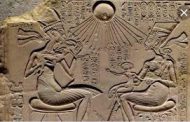
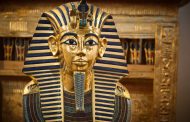
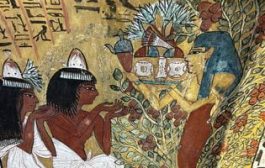
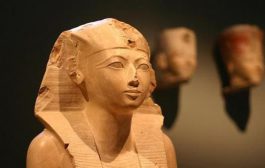
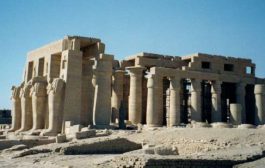
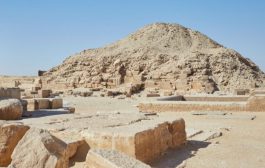
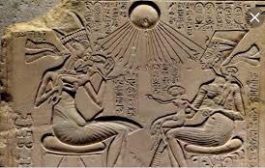












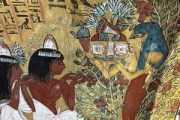
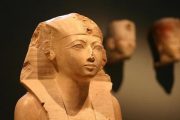
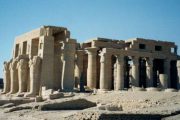
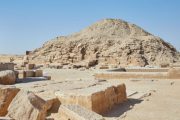
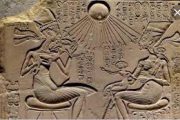

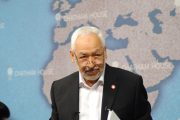

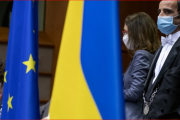





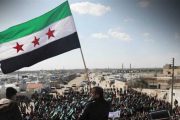
admin in: How the Muslim Brotherhood betrayed Saudi Arabia?
Great article with insight ...
https://www.viagrapascherfr.com/achat-sildenafil-pfizer-tarif/ in: Cross-region cooperation between anti-terrorism agencies needed
Hello there, just became aware of your blog through Google, and found ...